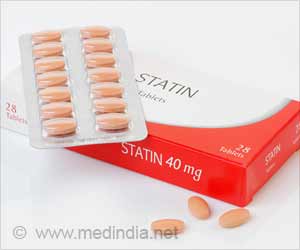Those who most need medical care in Korea but can afford it least spend a greater percentage of their income on health services.
Those who most need medical care in Korea but can afford it least spend a greater percentage of their income on health services, according to a Yale School of Medicine study published in the American Journal of Public Health.
“Low-income individuals with multiple chronic conditions are particularly vulnerable to cost sharing and coverage restrictions because they need and use more services,” said Jennifer Prah Ruger, assistant professor in the Department of Epidemiology and Public Health.Ruger and Hak-Ju Kim, assistant professor, Gycongsang National University in Korea, conducted the study to examine aspects of equity in health financing in Korea. It was published in a special issue of the journal on Health Inequalities Locally, Nationally and Globally.
“We were especially interested in looking beyond out-of-pocket expenditures to the out-of-pocket spending burden ratio,” Ruger said. “This is a measure of spending relative to a household’s size and structure, which provides a more precise look at a household’s ability to cope with financial burdens imposed by health care expenditures.”
The researchers said that in 1989, Korea achieved universal health insurance coverage at a low cost to the government by offering limited benefits, charging high copayments and coinsurance rates, imposing low fees on providers, and restricting fee growth to the level of general inflation. Korea’s National Health Institute (NHI) excludes some services, including expensive diagnostic tests such as ultrasonography and magnetic resonance imaging.
The researchers used a nationally representative survey of 39,060 individuals and examined out-of-pocket expenditures, out-of-pocket spending burden ratio, and health care use by socioeconomic status, insurance type, health care facility type, and chronic condition. They found the lowest income health care users spent 12.5 percent of their total income out-of-pocket on medical expenditures, which was six times that of the highest income individuals. Among those with three or more chronic conditions, low-income Koreans had the highest out-of-pocket spending burden ratio, which was five times the spending burden among high income Koreans.
Recommendations for making the burden more equitable included: setting caps for low income individuals’ financial burden; determining premiums and copayments on the basis of income levels; expanding benefits; removing informal treatment charges; changing NHI’s cost-sharing structure, and making upward adjustments in fee schedules and premiums for system sustainability.
Advertisement
Source-YALE University
SRM






